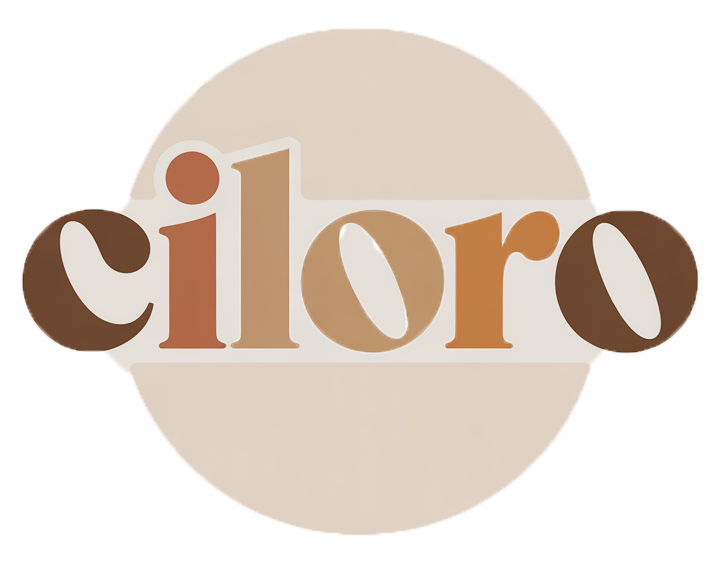Budget-Friendly Home Office Ideas for Remote Work
In today's world, having a functional and stylish home office is essential, especially for those who work remotely. The rise of remote work has significantly impacted home office design, making it necessary to create a space that enhances productivity while also reflecting personal style. This guide will provide you with budget-friendly strategies to create an appealing workspace that meets your needs without breaking the bank.
Creating a stunning home office doesn't have to be expensive. With careful planning and creativity, you can design a workspace that is both functional and aesthetically pleasing. This guide will outline various approaches to assess your space, set a budget, choose the right furniture, and incorporate technology, all while ensuring that you stay within your financial limits.
Assessing Your Space
Identifying Available Areas
Before diving into design, it's crucial to evaluate different rooms or corners in your home that could serve as your office. Consider the following factors: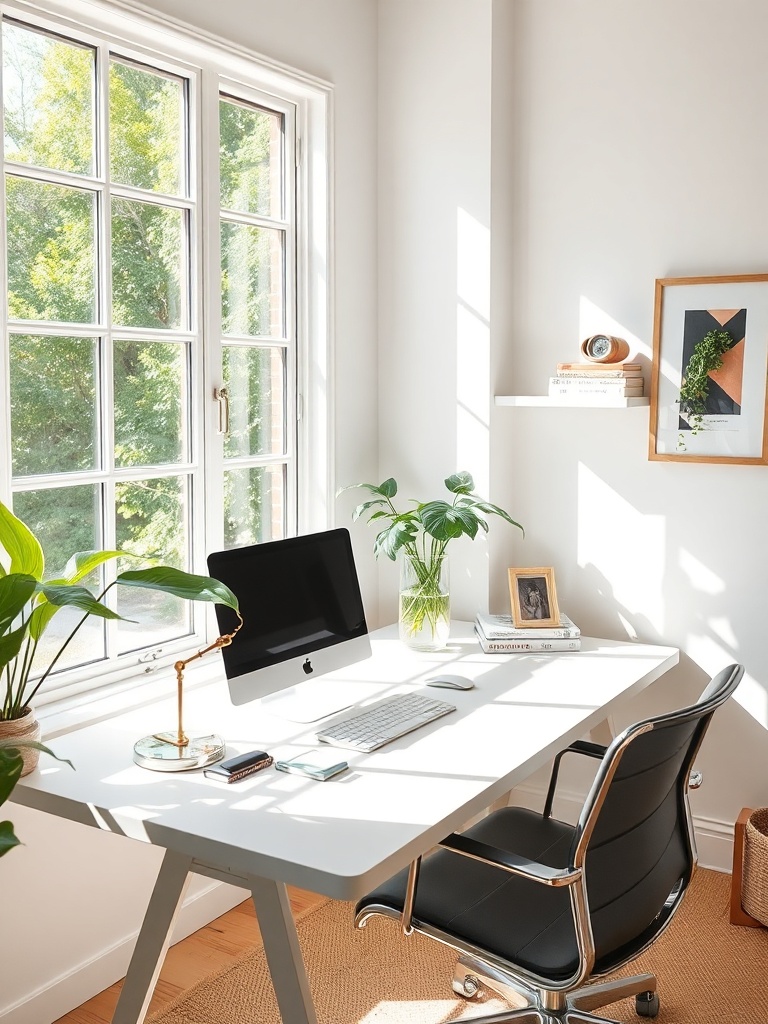
- Natural light: Look for areas that receive ample sunlight, as this can boost your mood and productivity.
- Noise levels: Choose a space that is relatively quiet to minimize distractions during work hours.
- Space dimensions: Assess the size of the area to ensure it can accommodate the furniture and equipment you plan to use.
Measuring Your Space
Accurate measurements are key to making informed decisions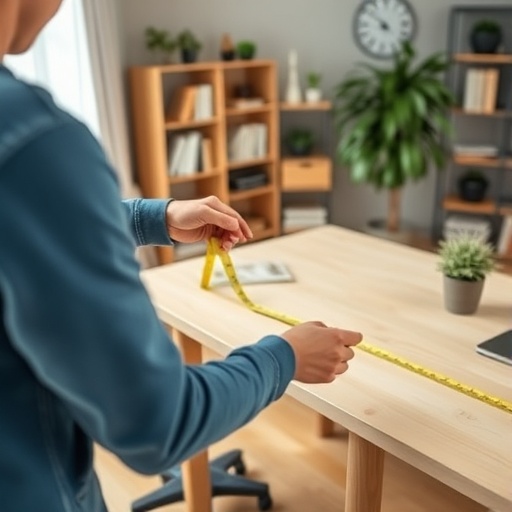
about your office layout. Use the following tools to get precise dimensions:
- Tape measure: A traditional yet effective method for measuring space.
- Measuring app: Many smartphone apps can help you take measurements quickly and accurately.
Setting a Budget
Establishing Your Financial Limits
Determining how much you can afford to spend on your home office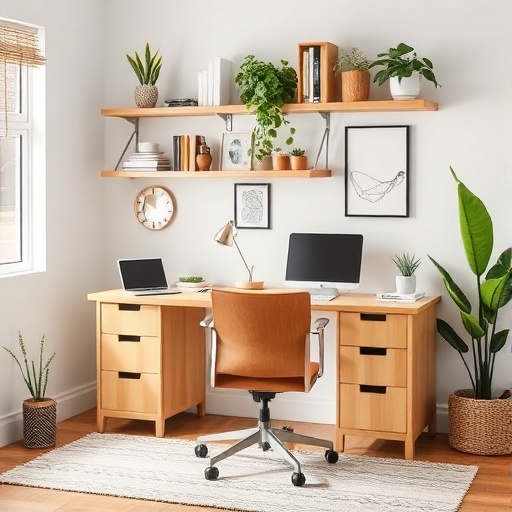
is crucial. Create a budget that includes all potential costs:
- Furniture: Desks, chairs, and storage solutions.
- Decor: Wall art, plants, and decorative items.
- Equipment: Computers, monitors, and other tech gadgets.
Be sure to account for hidden costs that may arise, such as decor and equipment that you might not initially consider.
Prioritizing Expenses
Once you have established your budget, prioritize your expenses by listing essential items versus nice-to-haves. Focus on must-have furniture and equipment first, such as:
- Desk
- Chair
- Computer/monitor
- Basic supplies (notebooks, pens, etc.)
Choosing the Right Furniture
Selecting a Desk
When selecting a desk, consider options that fit your budget, such as:
- DIY desks: Building your own desk can save money and allow for customization.
- Second-hand options: Check local classifieds or thrift stores for affordable desks.
Ensure the size, style, and functionality of the desk meet your needs.
Ergonomic Chair Options
Comfort and support are vital for long hours at your desk.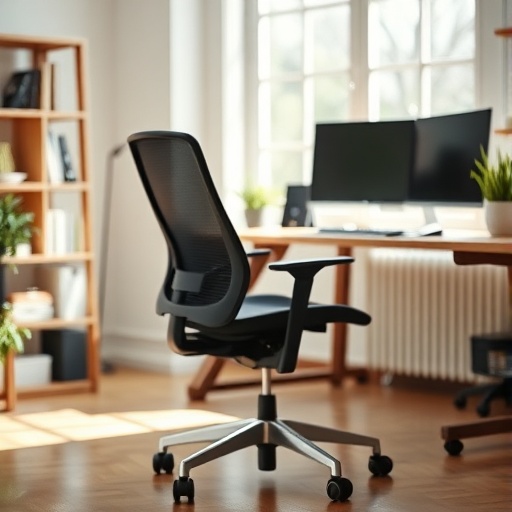
Look for affordable ergonomic chair recommendations that provide good lumbar support and adjustability.
Storage Solutions
Incorporating storage doesn't have to be expensive. Consider these options:
- Shelves: Use wall-mounted shelves to save floor space.
- Filing cabinets: Affordable options can be found at office supply stores.
- Multifunctional furniture: Desks with built-in storage can help maximize space.
Creating a Functional Layout
Desk Placement
Optimal desk placement is crucial for productivity.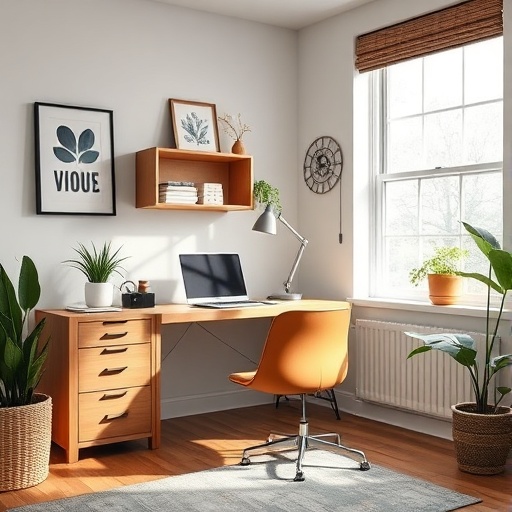
Consider the following:
- Position your desk near natural light sources.
- Ensure proximity to electrical outlets for your tech equipment.
Zoning Your Space
Define work zones for different tasks, such as:
- Computer work
- Reading
Creating a clear boundary between work and relaxation areas can help maintain focus.
Incorporating Technology
Essential Tech Gadgets
Invest in budget-friendly tools that enhance productivity, including:
- Monitors
- Keyboards
- Reliable internet connection
Cable Management Solutions
Organizing and hiding cables can greatly improve the appearance of your workspace. Consider these DIY cable management hacks:
- Use cable clips to secure cords along the desk.
- Employ cable sleeves to bundle wires together.
Personalizing Your Workspace
Choosing a Color Palette
The colors you choose can significantly impact your mood and productivity. Consider budget-friendly painting options or removable wallpaper to add a personal touch.
Adding Personal Touches
Incorporate personal items such as:
- Photos of loved ones
- Artwork that inspires you
Engage in DIY decor projects to enhance your workspace's aesthetics.
Lighting Considerations
Natural Light Utilization
Maximizing natural light is essential for well-being. Position your desk to take advantage of sunlight and consider using light-colored curtains to allow more light in.
Affordable Lighting Solutions
For task lighting, explore these options: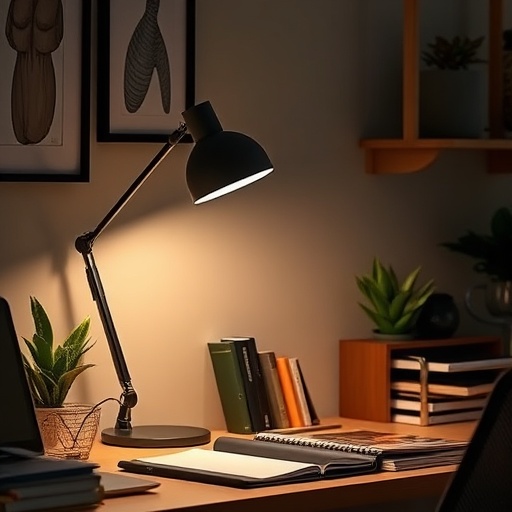
- Desk lamps
- Floor lamps
Consider energy-efficient lighting choices to save on electricity bills.
Enhancing Comfort and Productivity
Temperature Control
Maintaining a comfortable temperature is crucial for productivity. Look for budget-friendly solutions such as:
- Fans for cooling
- Space heaters for warmth
Noise Reduction Techniques
Minimize distractions with these tips:
- Soundproofing materials like foam panels
- White noise machines for background sound
- Rugs and soft furnishings to absorb sound
Incorporating Greenery
Benefits of Indoor Plants
Indoor plants can improve air quality and enhance your mood.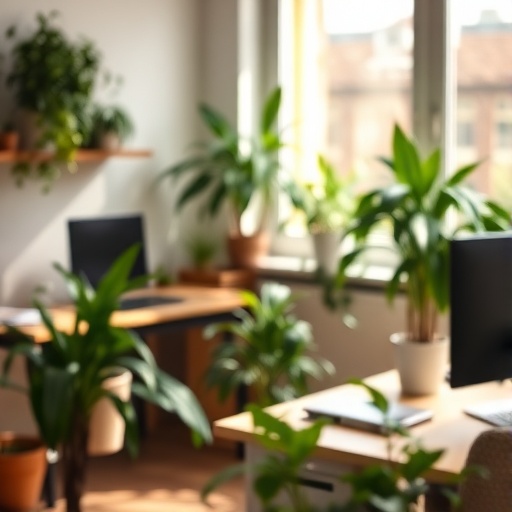
Look for budget-friendly plant options that are easy to care for, such as:
- Snake plants
- Pothos
DIY Planters and Displays
Get creative with plant displays without spending much. Consider:
- Repurposing containers as planters
- Using shelves to showcase plants
Maintaining Your Home Office
Regular Decluttering
Keeping your workspace organized is vital.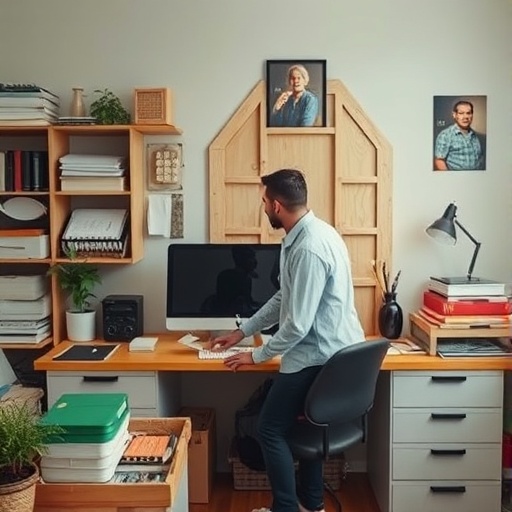
Implement strategies for effective decluttering, such as:
- Setting aside time each week to clean up
- Using storage solutions to keep items in their places
Routine Upgrades
Refresh your office over time with budget-friendly upgrades. Consider changing decor or reorganizing furniture to adapt to your evolving needs.
Conclusion
Creating a stunning home office on a budget is achievable with careful planning and creativity. By assessing your space, setting a budget, and selecting the right furniture, you can design a workspace that enhances productivity and reflects your personal style. Remember to personalize your space and maintain it regularly to ensure it remains a welcoming environment for work.
Recap
In summary, consider the following key points:
- Assess your available space and measure accurately.
- Set a budget and prioritize essential items.
- Choose furniture that is both functional and budget-friendly.
- Incorporate technology and personal touches to enhance your workspace.
Key Takeaways
- Evaluate your space for natural light and noise levels.
- Establish a clear budget and prioritize must-have items.
- Select ergonomic furniture to ensure comfort during long work hours.
- Incorporate greenery to boost mood and productivity.
- Regularly declutter and refresh your workspace.
FAQ
Question
What are some budget-friendly desk options?
Consider DIY desks, second-hand purchases, or even repurposing existing furniture.
Question
How can I improve lighting in my home office?
Maximize natural light and invest in affordable task lighting, such as desk lamps or floor lamps.
Question
What are essential tech gadgets for a home office?
Key items include a reliable computer, monitor, keyboard, and a good internet connection.
Question
How do I maintain comfort in my home office?
Control temperature with fans or space heaters and minimize noise through soundproofing techniques.
Question
What plants are good for a home office?
Low-maintenance plants like snake plants and pothos are excellent choices for improving air quality and aesthetics.
